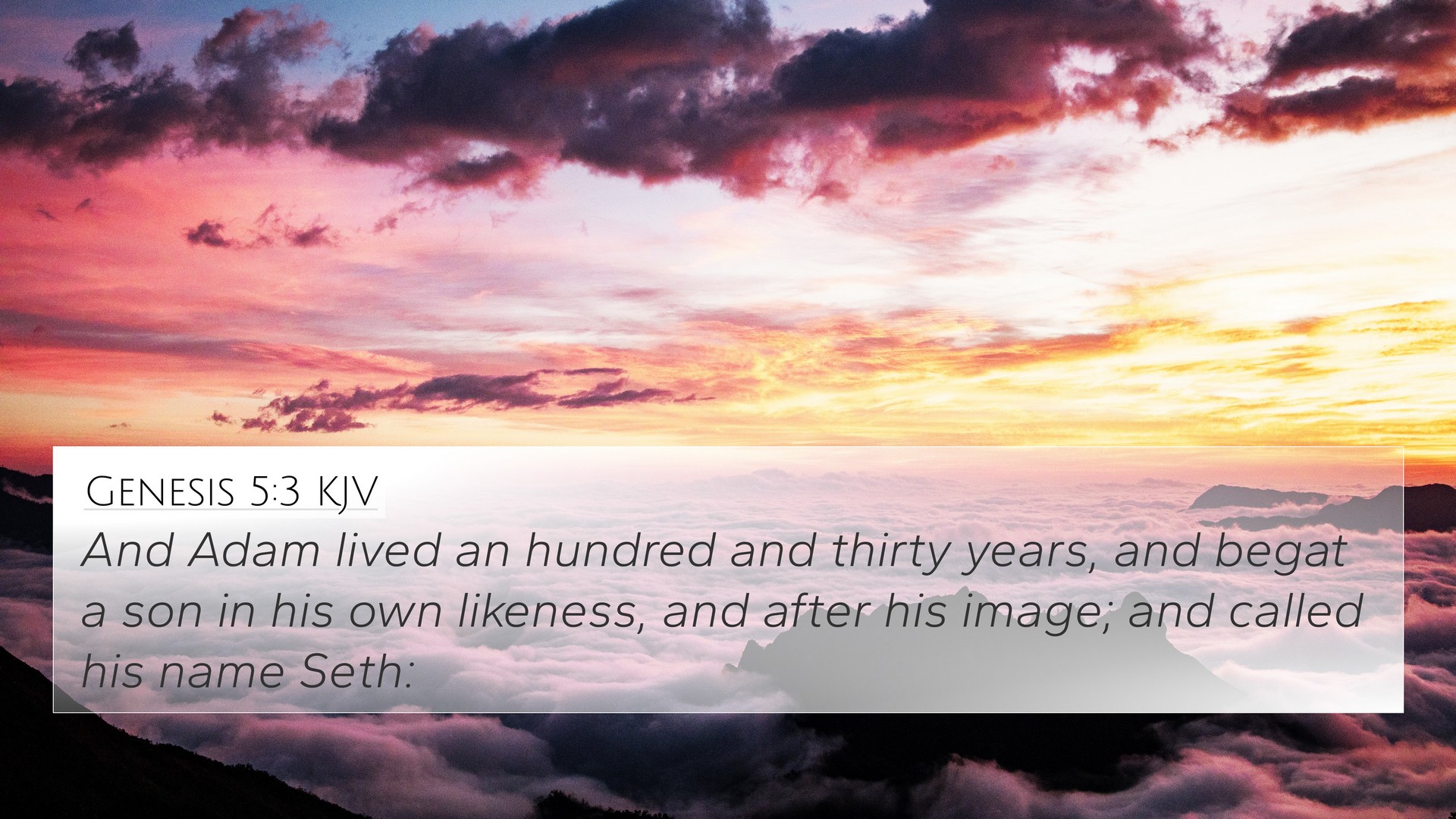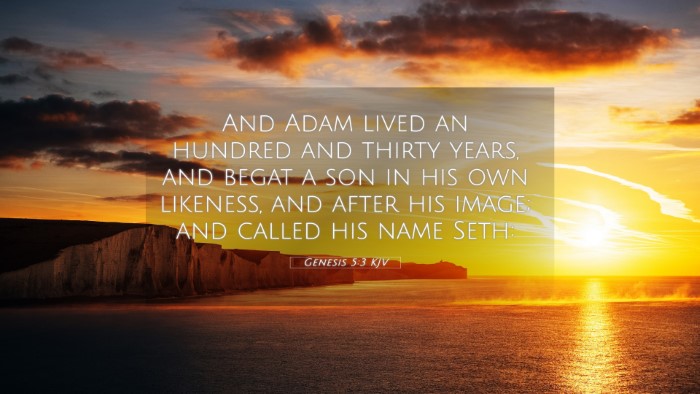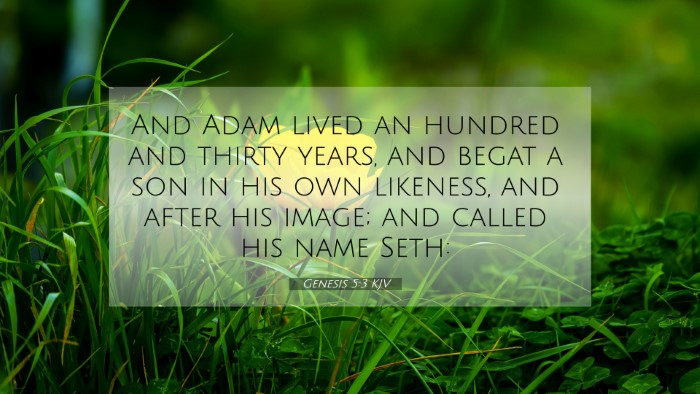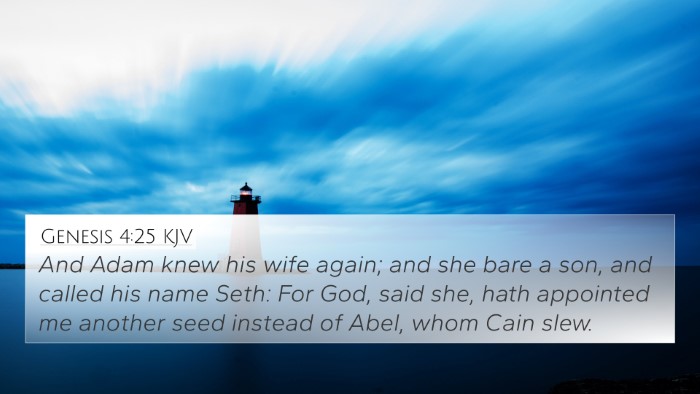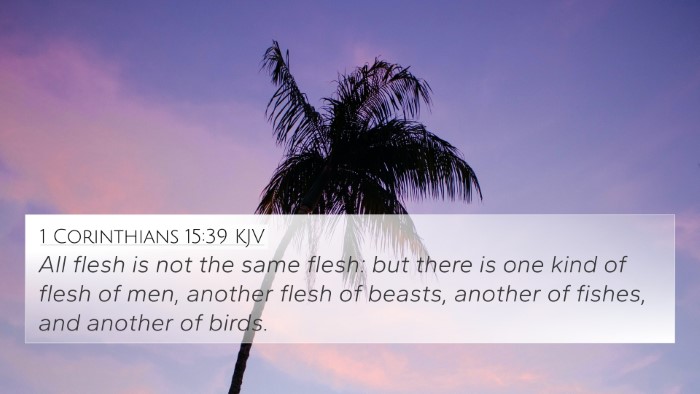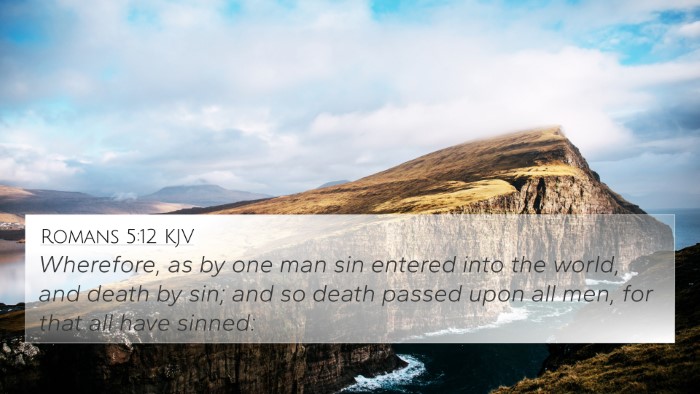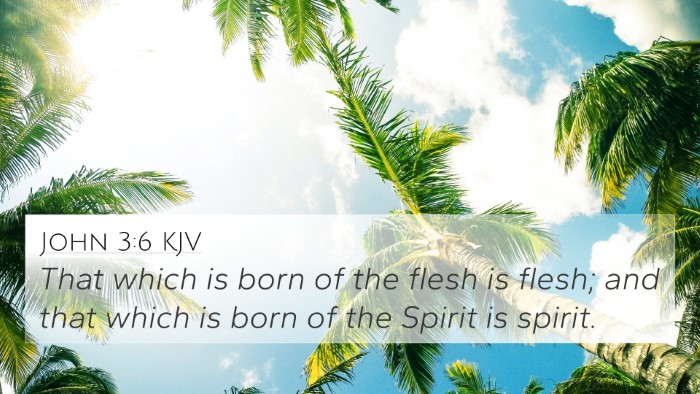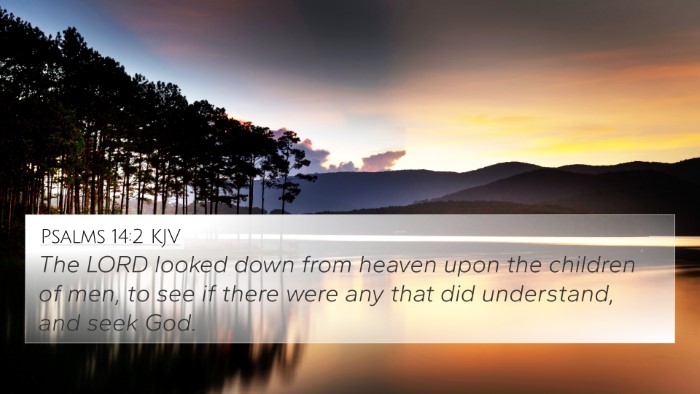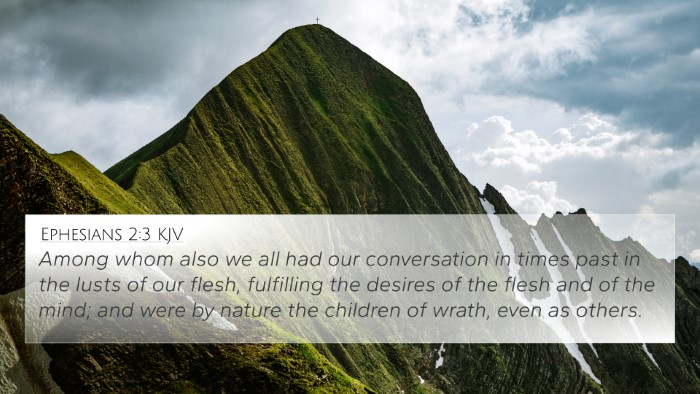Interpretation of Genesis 5:3
Genesis 5:3 states: "And Adam lived an hundred and thirty years, and begat a son in his own likeness, after his image; and called his name Seth." This verse is significant as it marks the continuation of humanity through Adam's lineage and introduces Seth, a key figure in biblical history.
Commentary Insights
The interpretation of Genesis 5:3 can be drawn from various public domain commentaries, including those by Matthew Henry, Albert Barnes, and Adam Clarke. Below are some key insights:
-
Matthew Henry's Commentary:
Henry emphasizes the importance of continuity in the human race through Seth, highlighting the notion of being made in "Adam's likeness." This signifies both the physical and perhaps moral image, pointing to the fallen nature inherited from Adam while also suggesting the potential for redemption.
-
Albert Barnes' Notes:
Barnes notes that Seth's birth comes at a significant time in Adam's life, showcasing the divine plan for humanity after the fall. The mention of likeness suggests that while humanity fell, there remains a divine aspect intrinsic to human nature that persists.
-
Adam Clarke's Commentary:
Clarke elaborates on the relation of Seth to Adam, sharing insights about the genealogical importance of Seth as a replacement for Abel, illustrating the continuation of God’s promise through godly offspring.
Cross-References
Genesis 5:3 has multiple cross-references that enhance its understanding and contextual significance. Here are some related Bible verses:
- Genesis 1:26-27 - "And God said, Let us make man in our image, after our likeness..." This verse speaks to the divine creation of mankind in God's image.
- Genesis 4:25 - "And Adam knew his wife again; and she bare a son, and called his name Seth..." This verse directly links Seth's conception to the tragedy of Abel's murder and the hope represented in Seth.
- Romans 5:12 - "Wherefore, as by one man sin entered into the world, and death by sin; and so death passed upon all men..." This illustrates the theological implications of Adam's sin and its effects on humanity.
- 1 Corinthians 15:22 - "For as in Adam all die, even so in Christ shall all be made alive." This verse contrasts the legacy of Adam with that of Christ, enriching the theme of likeness.
- Hebrews 7:14 - "For it is evident that our Lord sprang out of Judah; of which tribe Moses spake nothing concerning priests." This reference shows the lineage significance as it connects to the greater redemptive narrative.
- Luke 3:38 - "Which was the son of Enos, which was the son of Seth, which was the son of Adam, which was the son of God." This genealogy connects Seth to Jesus, depicting the spiritual significance of lineage.
- Colossians 3:10 - "And have put on the new man, which is renewed in knowledge after the image of him that created him." This speaks to the restoration aspect of being made in God’s image, ultimately fulfilled in Christ.
Thematic Connections
Connecting Genesis 5:3 with these verses illustrates important themes:
- Image of God: The discussion of being created in God's image echoes throughout scripture, indicating the value and dignity of human life.
- Sin and Redemption: Understanding the fall of Adam gives context to the necessity for redemption through Christ.
- Lineage and Legacy: The genealogical significance highlights God’s plan unfolding through history.
Conclusion
Genesis 5:3 serves as a vital link in understanding humanity's origin and God's overarching plan for redemption. Through cross-references and commentary insights, the theological implications of the verse become clear, showcasing the enduring connection between the Old and New Testament themes. This creates a substantial foundation for anyone looking to explore biblical connections and the themes that shape the Christian faith.
Tools for Bible Cross-Referencing
For those looking to dive deeper into cross-referencing, consider utilizing:
- Bible concordances
- Bible cross-reference guides
- Cross-reference Bible study methods
- Bible reference resources
- Comprehensive materials for cross-referencing
Understanding Genesis 5:3 and its related scriptures aids in grasping the intricate tapestry of biblical themes, enhancing both personal study and communal reflection.
